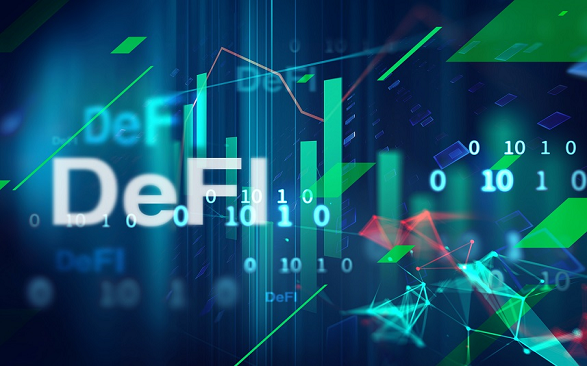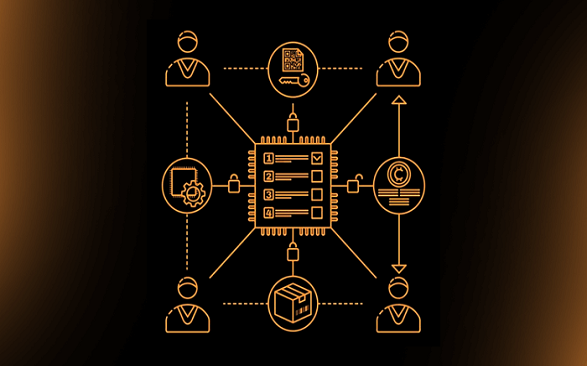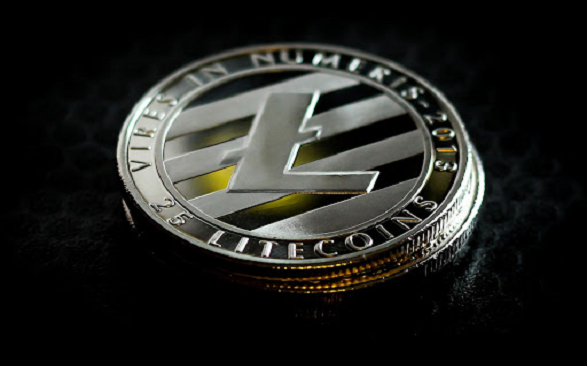Decentralized finance (DeFi) has revolutionized the digital economy by giving anyone access to a wide range of financial services, thus enhancing financial inclusion. In particular, DeFi projects offer a new paradigm where financial services are not controlled by centralized entities but rather by smart contracts and community members.
DeFi projects have made it possible for anyone to easily participate in a variety of financial activities, including lending, borrowing, staking, trading, and yield farming. This democratization of finance has not only empowered individuals but also sparked a surge in innovation within the blockchain and cryptocurrency space.
Said differently, the growing importance of DeFi has led to its rapid expansion in the digital economy, with new projects being launched regularly on several blockchain networks such as Avalanche, Binance Smart Chain, Ethereum, Polygon, and so forth.
However, the big question is: Should you adopt or interact with all DeFi protocols? The answer would be no, thus bringing up the need to understand how to analyze DeFi projects.
Why Analyzing DeFi Projects Matters
It bears noting that DeFi investments carry inherent risks, including smart contract vulnerabilities and protocol hacks amongst others. Also, DeFi projects vary significantly in terms of sustainability, security, and potential for success. Accordingly, thorough analysis helps investors identify and understand these risks, allowing them to take appropriate precautions.
Quality assessment is another reason DeFi project evaluation matters. By analyzing these many projects, investors can differentiate between high-quality projects with solid fundamentals and those that may be poorly conceived or executed. This assessment helps investors avoid scams and low-potential projects.
DeFi projects often involve the use of smart contracts to manage funds. Analyzing security measures, such as audits and bug bounty programs, helps investors gauge the level of protection their investments have against vulnerabilities and exploits.
Overall, analyzing DeFi projects is a crucial step before considering any involvement, whether it’s investing, using their services, or participating in governance.
Read also: What is Decentralized Finance (DeFi) and How To Benefit from Its Ecosystem?
Popular Metrics in Analyzing DeFi Projects
Every developing sector such as DeFi has its unique benefits as well as associated risks. This makes it vital to conduct thorough research before considering any involvement with DeFi projects, whether it’s investing, using their services, or participating in governance. Below are some of the factors to consider when analyzing a DeFi project:
1. Research team’s credibility.
The success of any project is largely dependent on the strength and quality of the team. This means that a DeFi project with experienced team members would be more likely to succeed than one with an inexperienced team. Therefore, market participants should always research the experience and past records of a project’s founders, developers, advisors, and other key officials to determine their credibility. Are they well-known in the niche industry? Have they successfully delivered on previous projects? These are just some of the factors to consider before investing in a DeFi project.
2. Check for smart contract audits.
DeFi projects typically rely on smart contracts to automate operations. However, these smart contracts may contain errors or vulnerabilities that can be exploited by hackers. It is therefore crucial to check if a project has undergone a reputable third-party security audit. This is because third-party audits often identify vulnerabilities and bugs in smart contracts, thereby, preventing any future security breach or hacking.
Read also: What is Smart Contract and Its Use Cases?
Review Project’s Roadmap
Another important factor to consider when analyzing DeFi projects is the project’s roadmap. A well-defined roadmap can give investors a sense of the project’s goals and how it plans to achieve them. It is also important to check if the project has a clear timeline for its milestones. By having a clear roadmap, the project team can give investors confidence regarding the future and its commitment to achieving its set goals.
3. Evaluate community strength.
The strength of a project’s community could give insight into its adoption rate, viability, future growth, and market acceptance. This entails that a strong, robust and active community can be a sign of a sustainable project. Likewise, a DeFi project with poor community strength could be a red flag. To gauge community strength and sentiment, investors can leverage the available social media platforms.
4. Consider the unique address count.
The number of unique wallet addresses connected to a DeFi project can be used to ascertain the adoption rate and future of a project. An increase in the number of addresses can be a good sign of the adoption and popularity of a project. Conversely, a drop in unique address count may show that the project is losing traction. Notably, this metric can be manipulated. For example, in the case of airdrops, an investor may have multiple addresses. Therefore, investors should not rely solely on this metric.
5. Check the inflation rate.
Another important metric is the inflation rate, which is the rate at which new tokens are created in a DeFi project. A low inflation rate is often seen as favorable because it indicates a more controlled token supply, which could potentially lead to higher value over time. However, it is essential to evaluate the protocol’s overall tokenomics and distribution model to ensure that the protocol strikes a balance between incentivizing participants and preserving token scarcity.
6. Confirm the price-to-sales ratio.
This ratio helps determine whether a DeFi protocol is overvalued or undervalued. To calculate it, you divide a DeFi protocol’s total market value by its annual earnings. If the ratio is low, the protocol might be undervalued, and vice versa. This ratio is also used in traditional financial markets to gauge the valuation of stocks.
7. Assess the governance and decentralization model.
Many DeFi projects have governance tokens that allow users to participate in decision-making on the platform. Therefore, it is important to assess the level of decentralization and the power distribution among token holders. Notably, projects with strong community governance often have a more sustainable future.
Read also: What is Tokenomics and Why Does It Matter to Crypto Investors?
Conclusion
In the ever-evolving financial landscape, the emergence of DeFi has been nothing short of revolutionary. DeFi projects have disrupted traditional financial systems, offering individuals unprecedented access to a wide range of financial services. Amid the growing importance of DeFi, market participants should be aware of the risks associated with all niche projects.
This makes analyzing DeFi project a necessity for investors to distinguish between gems and rubbles in the bustling ecosystem.
Read also: What is Web3? Understanding Its Ecosystem and Pros and Cons
Credit: Ndianabasi Tom
A crypto journalist and content writer who has been talking about cryptocurrency and blockchain technology since 2018, Ndianabasi is a Writer at Crypto Asset Buyer (CAB).
Discover more from Crypto Asset Buyer
Subscribe to get the latest posts sent to your email.




